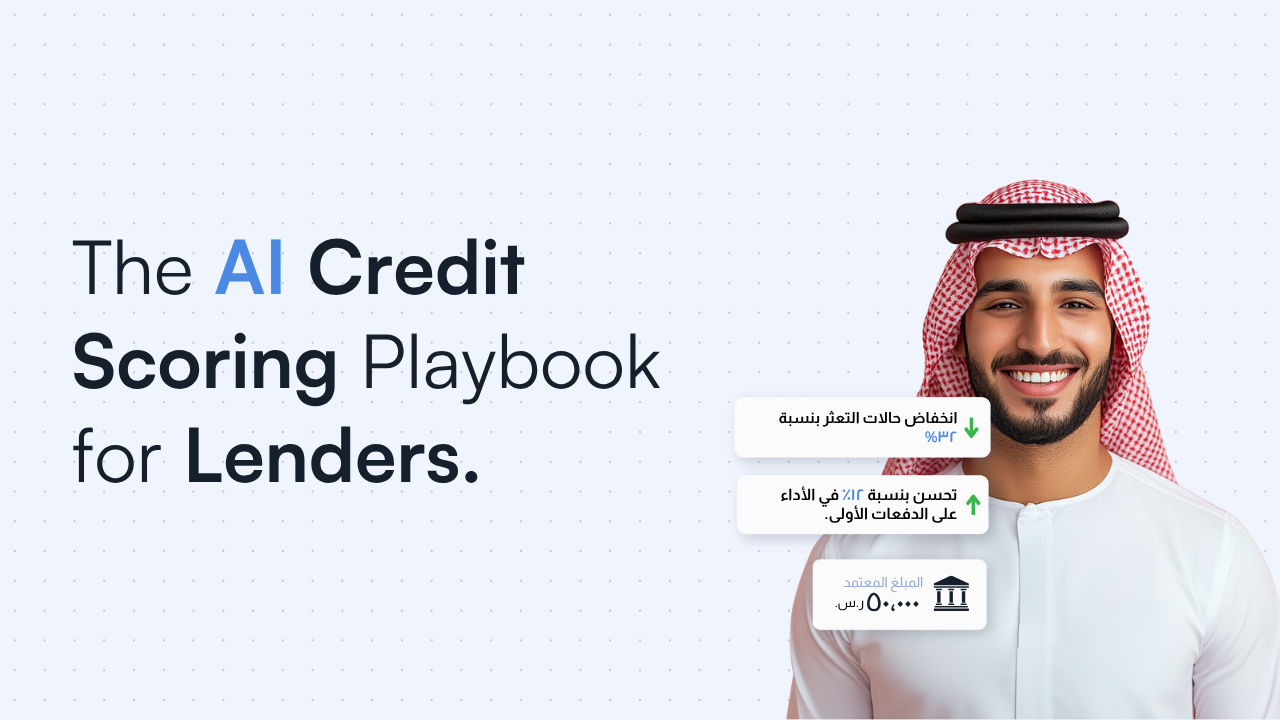
Traditional credit scoring has been the bedrock of lending for decades. But in an economy defined by digital transactions, non-traditional employment, and the demand for instant financial services, that bedrock is cracking. Lenders relying solely on legacy credit bureau data are operating with a blind spot, leading them to reject potentially creditworthy applicants and lose significant market share to more agile competitors. The tangible consequences are severe: stalled portfolio growth, high operational costs from manual reviews, and an inability to serve vast, untapped markets.
This article provides a clear, actionable framework for navigating this critical shift. We'll dissect the shortcomings of traditional methods and demonstrate how AI credit scoring provides a path to more accurate, efficient, and inclusive lending for the modern era.
Legacy credit scoring models are increasingly out of step with the realities of today's borrowers. Their limitations create significant business challenges, from missed opportunities to operational drag.
The fundamental issue with traditional scoring is its reliance on a narrow, historical dataset. This creates several critical problems:
The shortcomings of the data are compounded by the inefficiency of the systems built around it. Financial institutions grapple with:
AI credit scoring shifts the paradigm from a static, historical view to a dynamic, predictive assessment of creditworthiness. By leveraging advanced machine learning and diverse data sources, it provides a far more nuanced and accurate picture of risk.
An AI scoring model excels at ingesting and analyzing vast amounts of non-traditional data to assess risk for applicants who are invisible to legacy systems. This includes:
Unlike static scorecards, machine learning models analyze complex, non-linear relationships within data to produce a highly accurate probability of default. Models like Gradient Boosting Machines (GBMs) and Random Forests can evaluate thousands of data points simultaneously, identifying subtle patterns of risk and creditworthiness that are impossible to detect with a simple rules-based engine. This addresses the core problem of machine learning credit risk management by providing a more precise and forward-looking assessment.
An AI-native decisioning platform automates the entire underwriting workflow. It can instantly pull data from multiple sources, run an applicant through a sophisticated AI model, and return an explainable decision in milliseconds. This eliminates manual bottlenecks, reduces time-to-decision by up to 70%, and allows lending institutions to scale their operations without a proportional increase in headcount.
Transitioning to AI-driven underwriting is a strategic imperative. Here is a practical framework for getting started.
Relying on traditional credit scoring in today's financial landscape is no longer a viable strategy. It's an approach that overlooks promising customers, creates operational friction, and cedes ground to more technologically advanced competitors. AI credit scoring offers a clear and proven path forward. By embracing alternative data, leveraging powerful machine learning models, and ensuring transparent governance, lenders can build a more resilient, efficient, and inclusive portfolio. This isn't just a technological upgrade; it's a fundamental rethinking of how to measure risk and unlock opportunity in the digital economy.
Is your institution ready to lead the change? See firsthand how an AI-native, no-code decisioning platform can solve your most pressing lending challenges.
Join leading financial institutions in leveraging AI to revolutionize your lending processes.
